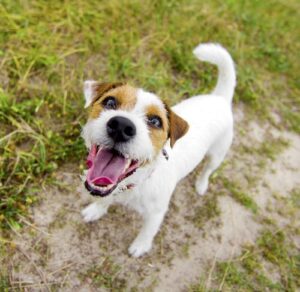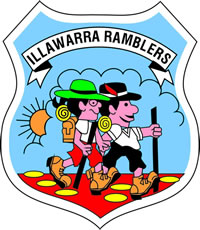It was wonderful to have 10 Ramblers attend the First Aid Training on 8 April 2022. The course was very high paced which may have been a bit of a disadvantage and is something to consider when conducting another round of First Aid Training.
What was evident was that First Aid training is an essential component of our training requirements. The First Aid training highlighted gaps in our knowledge of updated resuscitation techniques. It also highlighted wound dressing techniques and first aid kit requirements for our activities.
Prior to the training we highlighted our requirements from a Risk Assessment of our activities to the trainer. A matter that was missing is the attention required for dog bite injuries and managing the risks around this injury. In recent years, we have experienced two dog attacks affecting cyclists, so include information about handling such incidents below.

Treating Dog Bite injuries
Dog Bites should be treated as follows: A bite should be thoroughly washed with soap and water (or just water if this is the only option) to remove traces of saliva which will likely contaminate the wound.
- Follow the DRSABCD
- Danger – ensure that the dog is not able to further bite the patient or others.(It is very important to see if others can get details of the dog owner or photographs of both dog and owner)
- Response
- Send for help if required. All dog bite victims should promptly seek medical help following a dog bite.
- 5 Follow ABCD as per training.
Such an attack should be reported to Police and relevant Local Council.
The Committee has agreed to arrange First Aid training for members again in the first half of next year and will refund 50% of the cost to each member who completes the course.
